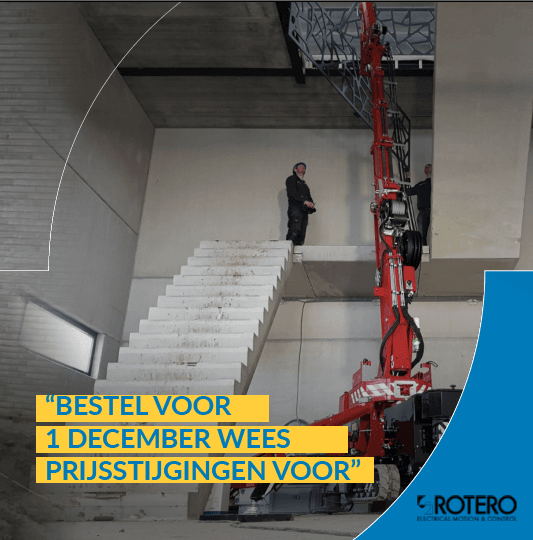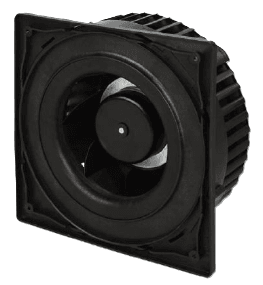To ensure the safe use of its rail-mounted aerial work platforms, Koerts Techniek equips these machines with dynamic inclination sensors from DIS. These sensors accurately measure the angle of the arm to which the work platform is attached in real time. A special feature is that the measurement cannot be disrupted by shocks and vibrations caused by the movement of the aerial work platform.

Aerial work platforms are often used to carry out maintenance on overhead lines for trains, among other things. These machines consist of an arm with a work platform that can accommodate workers. For safety reasons, it is important that the aerial work platform is always stable, which means monitoring the tilt of the arm.
Since 2006, Koerts Techniek has been involved in the multifunctional adaptation of railway cranes (Krol) as hoisting cranes, aerial work platforms and earth-moving machines. In addition, the company develops and manufactures its own rail infrastructure machines, including aerial work platforms with the aforementioned work platforms. This company uses DIS inclination sensors to monitor the tilt angle. These sensors – also known as electronic spirit levels – measure the tilt angle of the arm and communicate the measured values to a control system. This enables the control system to interpret the commands from the machine operator and thus ensure the safe use of the aerial work platform.
Bert Koerts is co-director and owner of the company, together with his brother Ed Koerts. He explains: ‘Inclination sensors are not new in themselves, but what makes these dynamic variants special is the fact that the measurements are not disrupted when the aerial platform is also moving during operation. And that is actually standard for our rail infrastructure aerial platforms. Many other sensors do respond to the movement of the vehicle or other external factors that cause vibrations or shocks, resulting in incorrect measurements. This means that as a driver, you are constantly dealing with false alarms and sometimes even an unjustified blockage from the control system. Apart from the fact that this disturbs people and slows down work, it can also lead to a kind of “alarm fatigue”. When you receive ten consecutive alarms that turn out to be meaningless, how seriously do you take the eleventh alarm?

DIS has achieved this insensitivity to shocks by developing a new hardware platform based on the MEMS chip. MEMS stands for Micro-Electrical-Mechanical Systems and combines an accelerometer with an inertial angle measurement on three axes simultaneously. This means that the angle transmitted by the sensor to the control system is gyro-compensated and therefore free from the influence of accelerations and shocks that are unrelated to the tilt angle. The transmission takes place as a separate CANopen/J1939 object per axis.
Data logging
Bert Koerts: ‘The measurement data from these sensors is processed in real time together with other data, such as the speed at which the aerial platform is travelling, the height of the work platform, the wheel pressure and the wind load. This determines whether the aerial work platform is stable at that moment or not. Some of the data on which the algorithms are based has been determined empirically. Through testing, we now know where the limits lie.
The dynamic inclination sensors are redundantly applied in the aerial work platform, which has achieved Performance Level d. Furthermore, the company logs all measurements and data and ensures that these are available for at least the past week. Bert Koerts: ‘In the event of an emergency, this data allows you to see exactly what the circumstances were at the time of the incident. This is important from a legal perspective and also provides relevant input for possible future improvements to the aerial work platform.’
Would you like to know more about these sensors? Please contact us. Fill in the contact form or call +31 (0)348 – 495 172 (NL) / +32 (0)15 – 451 840 (BE).



